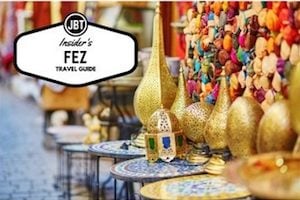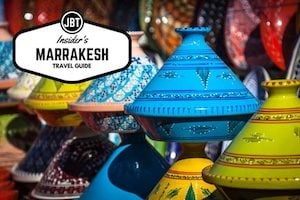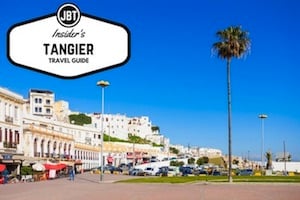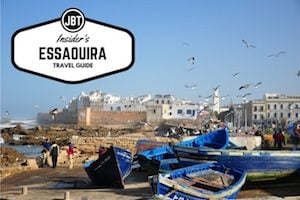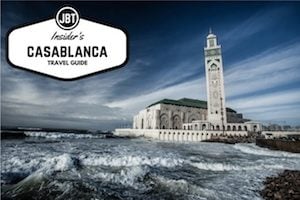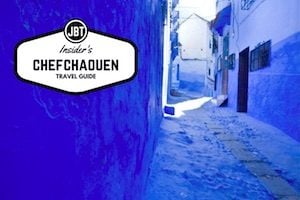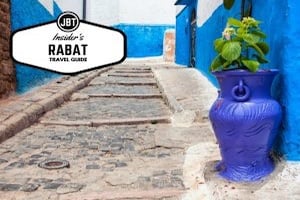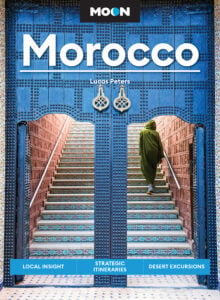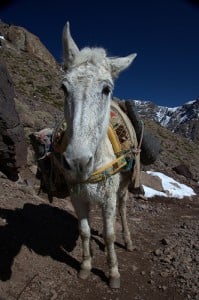 With five distinct mountain ranges, trekking in Morocco is a year-round activity. From the rugged Rif mountains in the north to the dramatic Anti Atlas that spill out to the southern Souss plains, dozens of routes for hiking and trekking are accessible during whatever season you plan to visit Morocco. Being prepared and planning ahead will help keep you healthy and safe during outdoor pursuits.
With five distinct mountain ranges, trekking in Morocco is a year-round activity. From the rugged Rif mountains in the north to the dramatic Anti Atlas that spill out to the southern Souss plains, dozens of routes for hiking and trekking are accessible during whatever season you plan to visit Morocco. Being prepared and planning ahead will help keep you healthy and safe during outdoor pursuits.
Consider the Weather
The Atlas Mountains are best accessed from late spring to early fall, although the higher peaks remain above the snow line until mid to late June. If you want to summit Jebel Toubkal or hike at higher elevations before the snow melts, you’ll need proper equipment for winter trekking. Jebel Sarhro, a volcanic range in Morocco’s southeast is best accessed from December to mid April before water sources disappear and the mercury starts to rise. The Anti Atlas, Rif and Middle Atlas can be hiked during all four seasons, although conditions in the Middle Atlas vary widely during the winter months; you could experience days warm enough to wear t-shirts in December or need to bundle up for a blizzard in March.
Use Adequate Sun Protection
Sunscreen, UV-blocking chapstick and quality sunglasses can generally only be purchased in major cities, so if you don’t bring a supply from home be sure to pick some up before heading off to the mountains. A light, thin scarf that you can wrap around your head turban-style can also help protect you from sun exposure in addition to desert sand storms. Even if you plan to hike in snow-covered areas, you will want to wear long sleeves and sun protection as the sunlight reflected from the snow can cause burns or sun poisoning.
Stay Hydrated
In most places in Morocco, fresh water and tap water are not safe to drink. For a short hike, you can buy bottled water and carry what you need. For longer hikes and treks, use a water filtration system, purification tablets or a portable water purification device like the SteriPEN. You should plan on drinking at least one gallon (4 liters) of water per day. Hiking in warm weather, gaining a significant amount of altitude or covering a lot of distance are all factors that increase the amount of water you need to stay adequately hydrated.
Carry a First Aid Kit and Emergency Supplies
If you or someone in your hiking party gets hurt or injured during a trek, chances are you will be far from the nearest hospital or clinic. Carry a basic first aid kit that includes bandages, a needle and thread, alcohol swabs, scissors, at least one full course of antibiotics, laxatives, latex gloves, painkillers, blister kit and anti-diarrheal medication. If you’ll be going further afield or hiking in winter conditions, consider other items such as a blood clot trauma pack, emergency water rations, calorie bars, instant hand warmers to prevent frostbite, satellite phone and some more heavy-duty bandages.
Prevent Altitude Sickness
According to MD Travel Health, travelers can experience altitude sickness when ascending rapidly to elevations of over 2500 meters (8,200 feet). Symptoms include headaches, dizziness, general malaise, appetite loss, vomiting, dizziness and nausea. You may also experience tightness in the chest and difficulty breathing. To prevent altitude sickness, always take some time to acclimatize at higher elevations. For example, if you plan to summit Jebel Toubkal, spend a day or two in the mountain village of Imlil or hiking at lower altitudes before attempting the trek. Avoid eating heavy meals, drinking alcohol or overexerting yourself, and if you start experiencing any symptoms of altitude sickness, descend gradually to a lower elevation.
>>More health and safety tips for Morocco travel.
Written by Heather Carreiro.
Photo by Aquarius.1973.

